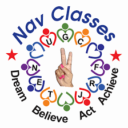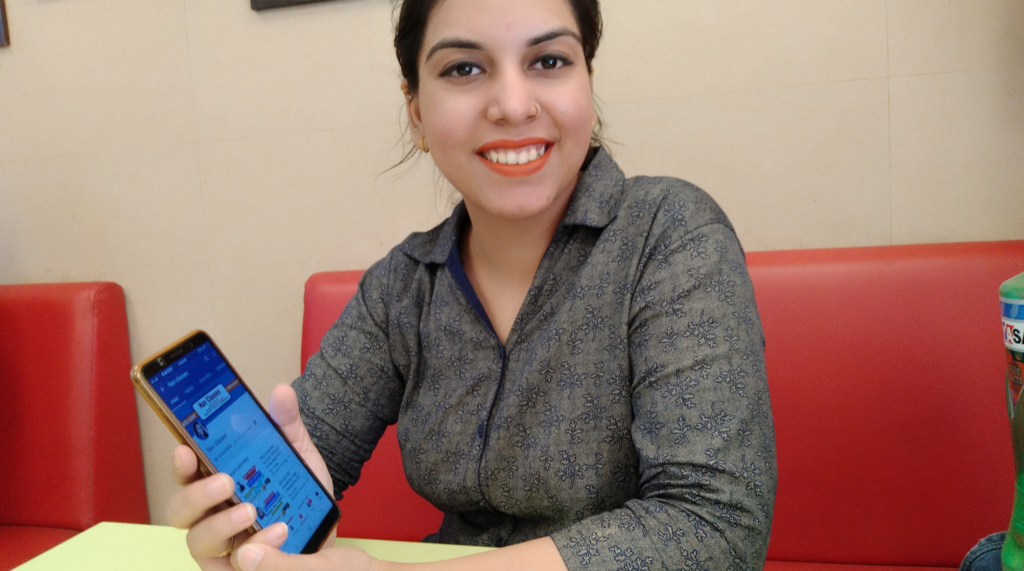INSTRUCTOR/TEACHER CENTRED METHODS
Here the teacher casts himself/herself in the role of being a master of the subject matter. The teacher is looked upon by the learners as an expert or an authority. Learners on the other hand are presumed to be passive and copious recipients of knowledge from the teacher. Examples of such methods are expository or lecture methods – which require little or no involvement of learners in the teaching process. It is also for this lack of involvement of the learners in what they are taught, that such methods are called “closed-ended”.
LEARNER-CENTRED METHODS
In learner-centred methods, the teacher/instructor is both a teacher and a learner at the same time. In the words of Lawrence Stenhouse, the teacher plays a dual role as a learner as well “so that in his classroom extends rather than constricts his intellectual horizons”. The teacher also learns new things everyday which he/she didn’t know in the process of teaching. The teacher, “becomes a resource rather than an authority”. Examples of learner-centred methods are discussion method, discovery or inquiry based approach and the Hill’s model of learning through discussion (LTD).
CONTENT-FOCUSED METHODS
In this category of methods, both the teacher and the learners have to fit into the content that is taught. Generally, this means the information and skills to be taught are regarded as sacrosanct or very important. A lot of emphasis is laid on the clarity and careful analyses of content. Both the teacher and the learners cannot alter or become critical of anything to do with the content. An example of a method which subordinates the interests of the teacher and learners to the content is the programmed learning approach.
| METHOD | USES | ADVANTAGES | DISADVANTAGES |
| THE LECTURE METHOD A formal or semi-formal discourse is which the instructor presents a series of events, facts, or principles, explores a problem or explains relationships |
1. To orient students. 2. To introduce a subject. 3. To give directions on procedures. 4. To present basic material. 5. To introduce a demonstration, discussion, or performance. 6. To illustrate application of rules, principles, or concepts. 7. To review, clarify, emphasise or summarise. |
1. Saves time. 2. Permits flexibility. 3. Requires less rigid space requirement. 4. Permits adaptability. 5. Permits versatility. 6. Permits better centre over contact and sequence. |
1. Involves one way communication. 2. Poses problems in skill teaching. 3. Encourages student passiveness. 4. Poses difficulty in gauging student reaction. 5. Require highly skilled instructors. |
| THE DISCUSSION METHOD A method in which group discussion techniques are used to reach instructional objectives. |
1. To develop imaginative solutions to problems. 2. To stimulate thinking and interest and to secure student participation. 3. To emphasise main teaching points. 4. To supplement lectures, reading, or laboratory exercises. 5. To determine how well student understands concepts and principles. 6. To prepare students for application of theory of procedure. 7. To summarise, clarify points or review. |
1. Increase students interest 2. Increases students acceptance and commitments. 3. Utilises student knowledge and experience. 4. Results in more permanent learning because of high degree of student participation. |
1. Require highly skilled instructor. 2. Requires preparation by student. 3. Limits content. 4. Consumes time. 5. Restricts size of groups. |
| THE PROGRAMMED INSTRUCTION METHOD A method of self–instruction |
1. To provide remedial instruction. 2. To provide make-up instruction for late arrivals, absentees, or translents. 3. To maintain previously learned skills which are not performed frequently enough. 4. To provide retraining on equipment and procedures which have become obsolete. 5. To upgrade production. 6. To accelerate capable students. 7. To provide enough common background among students. 8. To provide the review and practice of knowledge and skills. |
1. Reduce failure rate. 2. Improves end-of-course proficiency. 3. Saves time. 4. Provides for self instruction. |
1. Require local or commercial preparation. 2. Requires lengthy programmer training. 3. Increases expenses. 4. Requires considerable lead time. |
| THE STUDY ASSIGNMENT METHOD A method in which the instructor assigns reading to books, periodicals, project or research papers or exercises for the practice. |
1. To orient students to a topic prior to classroom or Laboratory work. 2. To set the stage for a lecture demonstration or discussion. 3. To provide for or capitalise on individual differences in ability, background, or experience through differentiated assignments. 4. To provide for the review of material covered in class or to give practice. 5. To provide enrichment material. |
1. Increase coverage of material. 2. Reduce classroom time. 3. Permits individual attention. |
1. Require careful planning and follow up. 2. Poses evaluation problem. 3. Produce non-standard results. |
| THE TUTORIAL METHOD A method of instruction in which an instructor works directly with an individual student. |
1. To reach highly complicated skills operations or operations involving danger or expensive equipment. 2. To provide individualised remedial assistance. |
1. Permits adaptive instruction. 2. Stimulates active participation. 3. Promotes safety. |
1. Requires highly competent instructor. 2. Demands time and money. |
| THE SEMINAR METHOD A tutorial arrangement involving the instructor and groups, rather than instructor and individual. |
1. To provide general guidance for a group working on an advanced study or research project. 2. To exchange information on techniques and approaches being explored by members of a study or research group. 3. To develop new and imaginative solutions to problems under study by the group. |
1. Provides motivation and report. 2. Stimulates active participation. 3. Permits adaptive instruction. |
1. Requires highly competent instructor. 2. Poses evaluation problems. 3. Is more costly than most other methods. |
| THE DEMONSTRATION METHOD A method of instruction where the instructor by actually performing an operation or doing a job shows the students what to do, how to do it, and through explanations brings out why, where, and when it is done. |
1. To teach manipulative operations or procedures. 2. To teach troubleshooting. 3. To illustrate principles. 4. To teach operation or functioning of equipment. 5. To teach teamwork. 6. To set standards of workmanship. 7. To teach safety procedures. |
1. Minimise damage and waste 2. Saves time 3. Can be presented to large groups. |
1. Require careful preparation and rehearsal. 2. Requires special classroom arrangements. |
| THE DEMONSTRATION METHOD A method of instruction is required to perform under controlled conditions the operations, skills or movement being taught. |
1. To teach manipulative operations or procedures. 2. To teach operation or functioning of equipment. 3. To teach team skills 4. To teach safety procedures. |
1. Builds confidence. 2. Enable learning evaluation. 3. Reduces damages and waste. 4. Promotes safety. |
1. Requires tools and equipment. 2. Requires large block. 3. Requires more instructors. |
| THE BUZZ GROUPA buzz group is a small, intense discussion group usually involving to 3 persons responding to a specific question or in search of very precise information. | 1. To develop and express imaginative ideas, opinions. 2. Stimulate thinking. |
1. Help trainers to draw breath. 2. Gauge the mood by listening to some discussion. 3. Change pace of discussion. 4. Encourage participants to reflect what was learnt. |
1. Unfamiliarity in use. 2. Time required. 3. Need for group leaders. |
| BRAINSTORMINGBrainstorming is a large or small group activity that encourages students to focus on a topic and contribute to the free flow of ideas. | 1. Discover new ideas, thoughts and responses very quickly. | 1. Leads to a very animated and energising session. 2. More reserved participants feel free to contribute. |
1. It takes time particularly if it is a large group. 2. May consume a lot of material e.g. flipcharts or writing materials. 3. Requires high level facilitation skills. |
| ROLE PLAYSRole-play is a technique that allows students to explore realistic situations by interacting with other people in a managed way in order to develop experience and trial different strategies in a supported environment. | 1. Exploring and improving interviewing techniques and examining complexities and potential conflicts of groups. 2. To consolidate different lessons in one setting. |
1. Good energizers. 2. Promotes empathy of trainees for other situation. 3. Encourrages creativity in learning. |
1. Participants might be reluctant. 2. May not work with trainees who do not know each oth |


Thankyou so much mam
For providing ugc net study.
Mam mera is bar Net nhi ho paya I am sooo sad plzzzz is bar mujhe apke sath preparation karni hai
Thank you mam ?
Mam I am preparing for economics, i want to confirm if i take subscription then i will get lecture for 2nd paper from you or some other teacher?
yes u can watch both with 1 subscription
mr code: NAVCLASSES for 10% discount
Thq mam
Mam telegram kaise join krna h
Levitra Uk Sales [url=https://viacialisns.com/#]Cialis[/url] Clomid Effet Secondaire generic cialis online Comparateur Prix Cialis